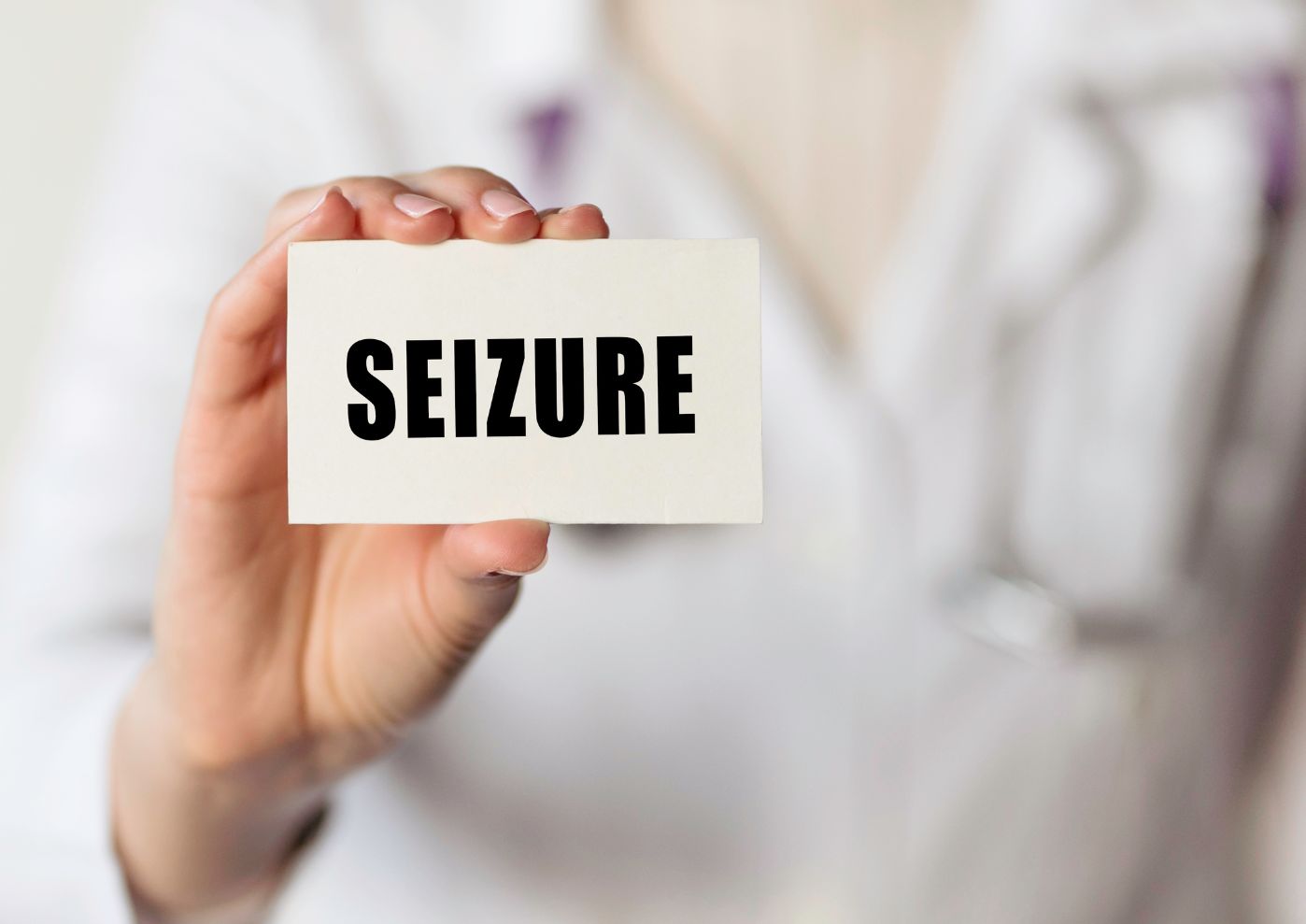Seizures in children are a common neurological disorder that affects approximately 1 in 20 children. Seizures occur when there is an abnormal burst of electrical activity in the brain, which can cause a variety of symptoms depending on the type and severity of the seizure.
There are many different types of seizures, but they can generally be divided into two categories: focal seizures and generalized seizures. Focal seizures, also known as partial seizures, occur in one part of the brain and can cause a variety of symptoms, such as twitching or numbness in one part of the body, changes in behavior or emotions, and difficulty speaking or understanding language. Generalized seizures, on the other hand, involve the entire brain and can cause loss of consciousness, muscle rigidity or convulsions, and incontinence.
There are many different causes of seizures in children, including genetics, brain injuries, infections, and metabolic imbalances. Some children may have a genetic predisposition to seizures, while others may develop them as a result of a head injury or infection.
If a child experiences a seizure, it is important to seek medical attention immediately. A doctor can perform tests to determine the cause of the seizure and recommend appropriate treatment. Treatment may involve medication to prevent or control seizures, as well as lifestyle changes, such as getting enough sleep and avoiding triggers that can cause seizures.
Treatment of seizures in children
The treatment of seizures in children will depend on the underlying cause of the seizure, the frequency and severity of the seizures, and the age and overall health of the child. Here are some common treatment options for seizures in children:
- Anticonvulsant medications: These medications are the most common treatment for seizures and are used to prevent future seizures. The type and dosage of medication prescribed will depend on the type of seizure and the child’s age and weight.
- Ketogenic diet: In some cases, a special diet that is high in fat and low in carbohydrates, called a ketogenic diet, may be recommended for children with seizures. This diet can help control seizures in some children, particularly those who have not responded well to medications.
- Surgery: In some cases, surgery may be recommended for children who have seizures that cannot be controlled with medication. The type of surgery will depend on the location of the seizure focus in the brain.
- Vagus nerve stimulation: This is a non-invasive procedure where a device is implanted under the skin of the chest and connected to the vagus nerve in the neck. The device sends electrical impulses to the brain to help reduce the frequency and severity of seizures.
- Behavioral therapies: Behavioral therapies, such as cognitive-behavioral therapy (CBT) and relaxation techniques, can help children and their families cope with the emotional and psychological effects of seizures.
It is important for children with seizures to receive ongoing medical care and to work closely with their healthcare provider to develop a treatment plan that is right for them. With proper treatment and management, many children with seizures can lead normal, healthy lives.






